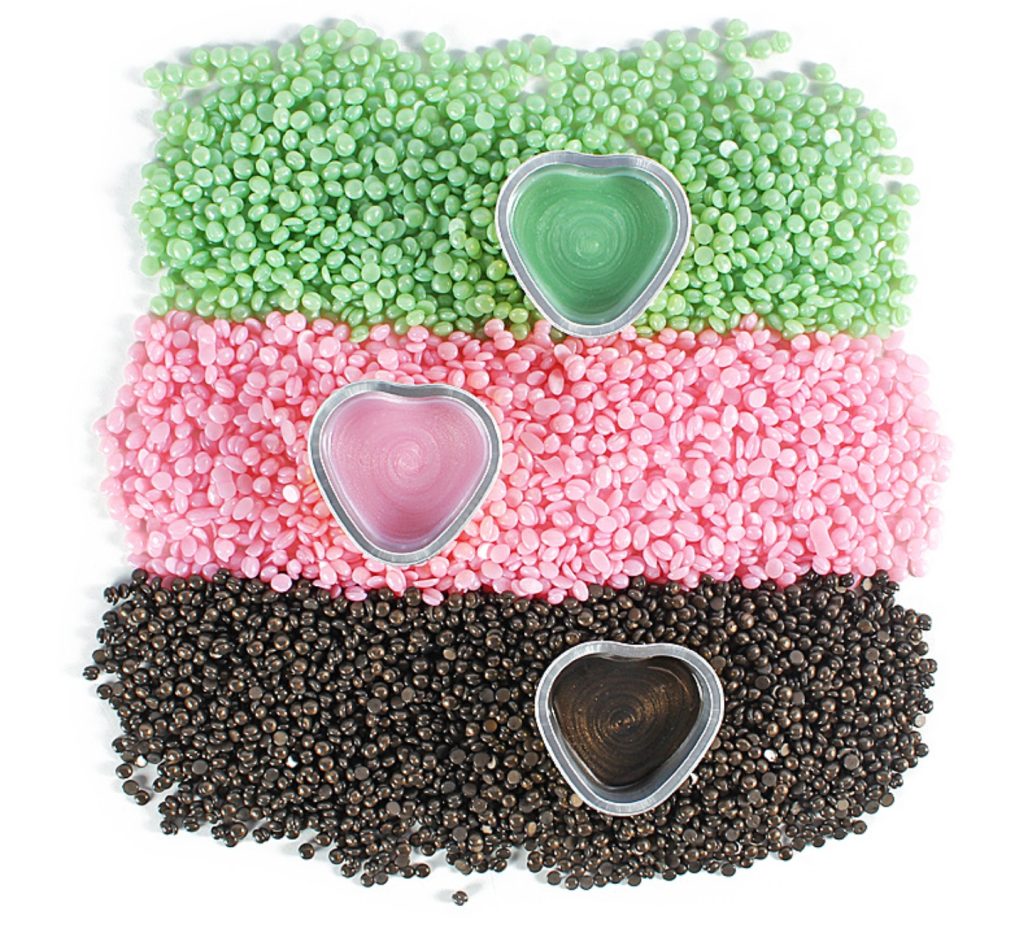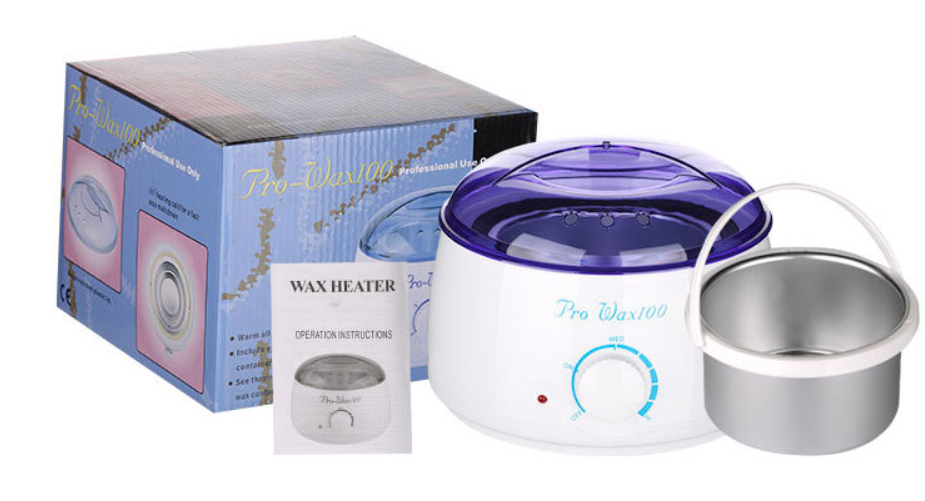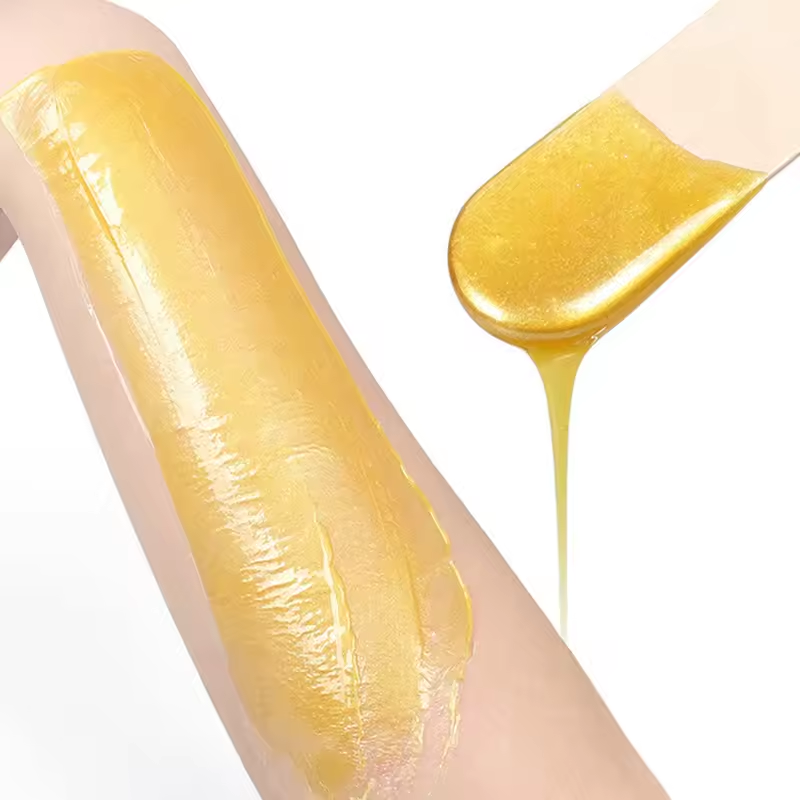Table of Contents
what temperature should wax be for hair removal
Controlling the temperature of your wax is essential for effective and safe hair removal. Whether you’re using hard wax, soft wax, or wax beans, maintaining the correct temperature ensures that the wax adheres to the hair correctly and minimizes discomfort. In this comprehensive guide, we’ll look at the optimal temperatures for different types of depilatory waxes and offer tips for successful hair removal.
Understanding the Different Types of Hair Removal Waxes
Before you can understand the exact temperature of waxing, it’s necessary to understand the different types of waxing:
Soft Wax: Also known as strip waxing, this wax is applied very thinly and then removed with a non-woven cloth or paper strip. It is suitable for hair removal on large areas such as legs and arms.
HARD WAX: This wax is applied thickly and hardens when cooled. No waxing strips are needed for hair removal and it is ideal for sensitive areas such as the face, underarms and bikini line.
Wax Beans: Small granular hard waxes that melt when heated. They offer the same benefits as traditional hard wax and are used in a similar way.
what temperature should wax be for hair removal: Ideal temperature for hair removal waxes
Soft Wax
Optimal temperature: 130 to 140 degrees Fahrenheit (54 to 60 degrees Celsius)
Soft wax should have a honey-like consistency. It needs to be warm enough for easy application, but not so hot that it burns the skin.
Hard Wax
Optimal Temperature: 125 to 135 degrees F (52 to 57 degrees C)
Hard wax should be thick and creamy when applied. It should be hot enough to adhere to the hair but not so hot as to cause discomfort.
Wax Beans
Optimum Temperature: 125 to 135 degrees Fahrenheit (52 to 57 degrees Celsius)
Note: Similar to hard waxes, wax beans should be applied at temperatures between 125 and 135 degrees Fahrenheit: Similar to hard waxes, wax beans should be melted to a thick, spreadable consistency. Temperature should be controlled to avoid overheating.




How to heat wax
Correct heating of the wax will allow the wax to reach the ideal temperature for effective hair removal. Below are the suggestions on how to heat up the wax:
Using the wax warmer
Fill the wax warmer: Place the required amount of wax (soft wax, hard wax or wax beans) into the wax warmer.
Setting the temperature: Adjust the warmer to the temperature range corresponding to the type of wax.
Extra care: Let the wax melt with occasional stirring to ensure even heating. If the wax warmer does not have a digital display, use a thermometer to check the temperature.
TEST WAX: Test a small amount of wax on the inside of your wrist before applying to the skin to ensure proper temperature.
Using the microwave (for soft wax)
First: transfer to a microwaveable container.
Heat in intervals: Microwave at intervals of 30 seconds, stirring in between, until the wax reaches an optimal temperature.
Test wax: Test the temperature on the inside of the wrist before use.
Using a heating pan (for hard wax or wax beans)
Setting the temperature of the heating pot: Place a suitable amount of wax in the pot and set the temperature.
Heat the wax: Stir occasionally while the wax is melting to ensure that it reaches the desired temperature.
Test the wax: Before use, test the wax on your wrist to see if the temperature is safe.
Tips for heating the wax
Check the temperature regularly: Keep an eye on the temperature in the display or use a thermometer to monitor the wax temperature regularly during waxing.
Adjust the temperature: If the wax starts to get cold and hard, increase the temperature slightly. On the contrary, if the wax becomes too hot, lower the temperature and allow it to cool down to the optimal range.
Stir frequently: Stir the wax to ensure even heating.
Common misconceptions in the use of wax
Wax overheating: Waxes that are too hot can cause burns and skin irritation. Always test the temperature before use.
Using wax that is too cold: Wax that is not warm enough will not spread or adhere properly to the hair, resulting in poor results.
Applying too thick or too thin: Soft wax should be applied in a thin layer while hard wax should be applied thicker. Adjust the consistency by making sure the wax is at the correct temperature.
Summarize
Achieving the optimal temperature for waxing is essential for effective and comfortable hair removal. By knowing the optimal temperature for soft wax, hard wax and wax beans, and having the right heating technique, you can ensure smooth, hair-free skin. Remember to test the temperature of the wax before each use and adjust as needed to maintain optimal results. With proper preparation and care, at-home waxing can be a safe and efficient method of hair removal.
At Peekiss, we’re dedicated to helping you achieve smooth, hair-free skin with our innovative wax formulations. Whether you’re a seasoned waxing pro or a beginner, we have the products and expertise to meet your needs.
